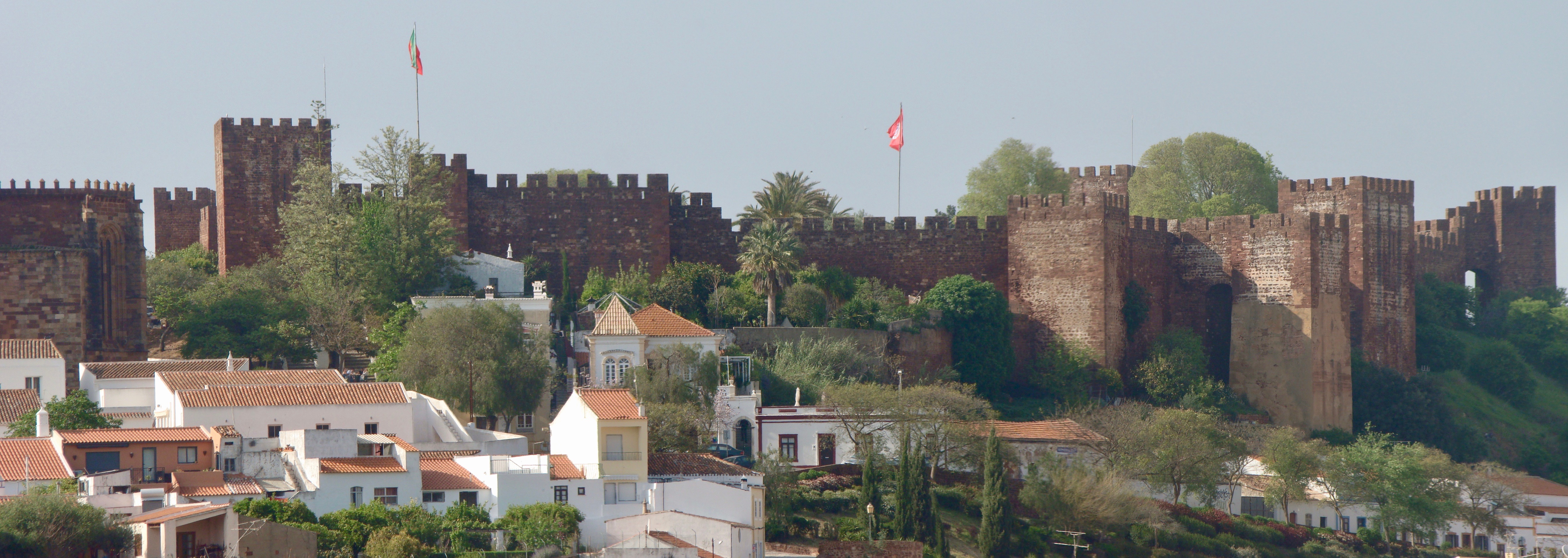Silves is a town in the Portuguese region of Algarve, in southern Portugal.
Silves is a charming town with a long history, located on the banks of the Arade River. Historically, the river was navigable and served as a vital link between the interior and the shore. The town, which is built on top of one of the greatest underground aquifers in southern Portugal, the Querenca-Silves aquifer, crosses the river and maintains a medina-style gate, the Porta de Loule, and remnants of the Moorish-era poured concrete walls.
Although the area has been inhabited since Paleolithic times, the town flourished during the Moorish conquest of the Iberian Peninsula in 713. By the eleventh century, Silves, then known as Xelb, had risen to prominence as the capital of Al-Gharb, the region that is today known as the Algarve. In 1189, with the assistance of Danish crusaders, King Sancho I regained the town for the Portuguese.

Today, Silves is an attractive, crumbling town filled with outdoor cafes and fragrant orange orchards, dominated by one of the Algarve’s best-preserved castles. The Moorish Fortaleza, which consists entirely of sandstone walls and detached towers, covers an area of twelve thousand square metres on the hill overlooking the town. Iron Age relics, a well, a governor’s residence, and the Cisterna Grande, a thirteenth-century water cistern that formerly serviced the entire town, have been discovered. The Cisterna is 10 metres high, with six columns supporting it, and is supposed to be haunted by the ghost of a Moorish maiden. A Moorish-style garden has been recently restored and is open to visitors every day, as is the rest of the Fortaleza, whose walls offer excellent views of the town and surrounding countryside.

Silves Cathedral, or Sé, is located beneath the Fortaleza. It was erected on the site of a great mosque and is flanked by wide Gothic towers. Despite the devastation caused by the great earthquake of 1755, as well as decades of degradation and patchwork restoration, the cathedral preserves some of its original splendour. The cathedral’s walls are lined with the tombs of bishops and crusaders who died reclaiming Silves from the Moors. The Igreja da Misericordia is just across from the cathedral, with much of its architecture dating from the eighteenth century.
The Fabrica do Ingles (Englishman’s factory) is a former cork factory that currently houses a couple of museums and a cluster of pubs, cafes, and fountains that come alive in August for the town’s annual beer festival. Every morning from Monday through Saturday, a market is held on the riverbank, beside a narrow thirteenth-century bridge.
Silves is included in this list of rural areas due to its rustic and wild aspect, which renders the city unfamiliar to the majority of tourists visiting the Algarve.




